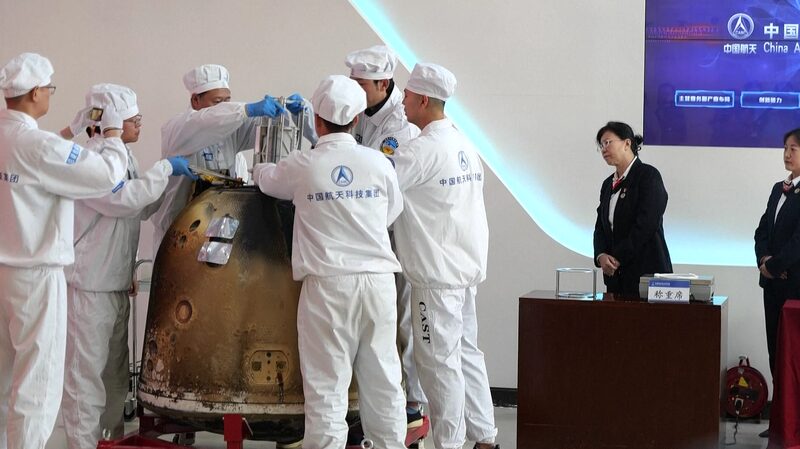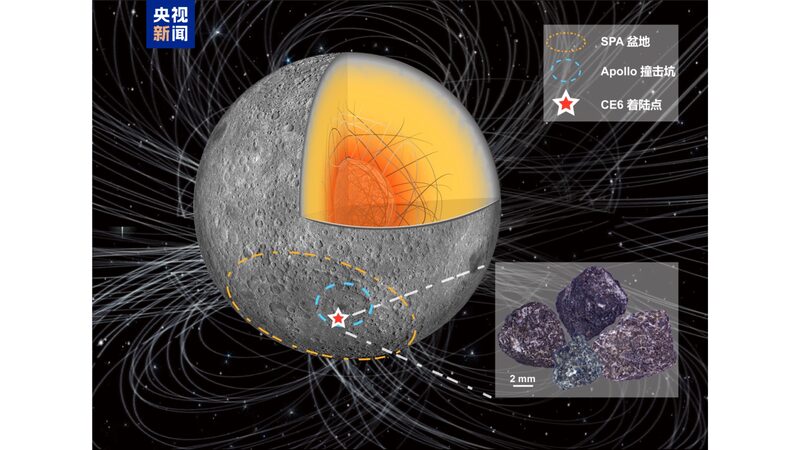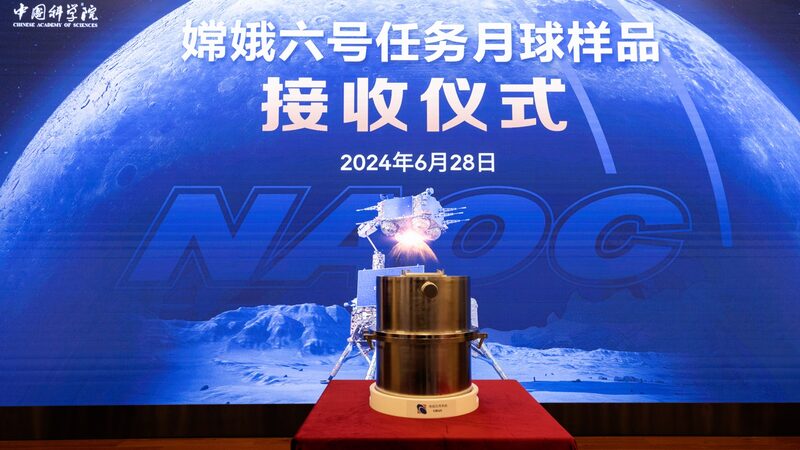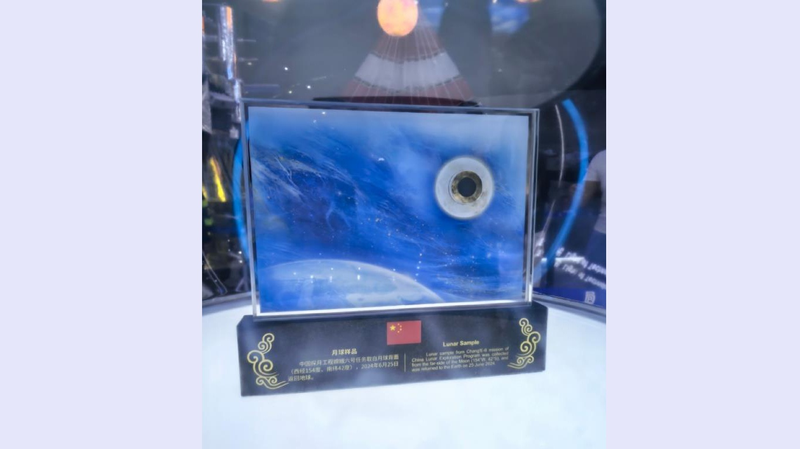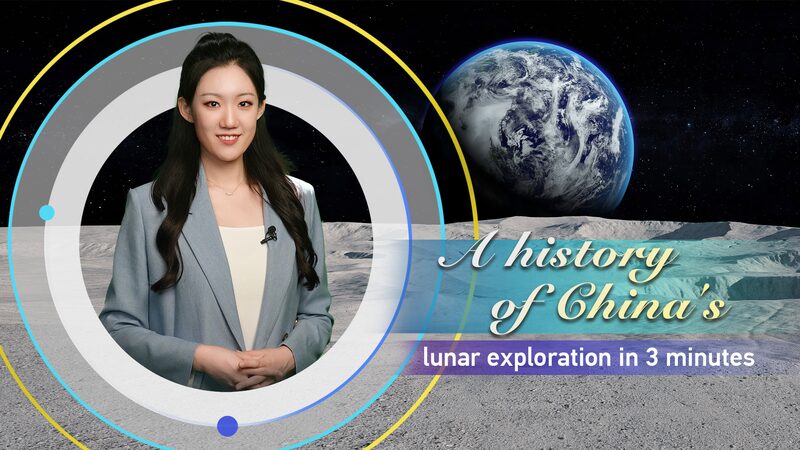As millions celebrate the Mid-Autumn Festival 🌕, Chinese space engineers just dropped lunar science inspo: new details about the Chang’e-6 mission, which made history by snagging the world’s first samples from the moon’s far side—and using a retrograde orbit to do it. 🚀
Think of it as a cosmic mooncake recipe: Engineers modified a backup from the earlier Chang’e-5 mission to tackle the moon’s rugged far side. 🌑 \"The technical challenges were huge,\" said Zhang Wu of the China Aerospace Science and Technology Corporation (CASC).
Why Retrograde?
The moon’s far side isn’t your chill Instagram-worthy landscape—it’s crater city. 🔄 CASC’s Zhang Yuhua explained that retrograde orbiting (moving opposite to the moon’s rotation) solved tricky sunlight issues. \"Light from the north messed with heat control,\" she said, but the retrograde hack ensured smooth sampling. ✨
Moon Goddess Vibes
Named after the mythical lunar deity, the Chang’e series reflects China’s tech ambition. This mission? Pure perseverance. 💪 \"It’s a testament to what we can achieve,\" Zhang added, just in time for moon-viewing festivities.
Reference(s):
Mid-Autumn Festival: Space engineers reveal more Chang'e-6 designs
cgtn.com

